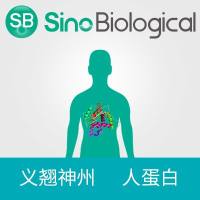Animal Models of Hereditary Hyperammonemias
互联网
558
Hereditary hyperammonemias can be defined as a group of inborn errors in which the altered gene product would adversely effect the nitrogen metabolism of the affected individuals, causing an abnormal accumulation of ammonia in the blood. These altered gene products primarily include the enzymes and transport proteins that are part of the Krebs-Hensleit ornithine-urea cycle (Fig. l ), the principal metabolic pathway for the disposal of ammonia in the mammalian organism. In addition, inherited deficiencies of certain other enzymes and proteins that modify the availability of specific cellular metabolites, thus causing an inhibition of the urea cycle enzymes to induce secondary hyperammonemias, are also included in this group of diseases. Recently, other mutations that hinder the availability of energy-producing substrates necessary for ammonia detoxification at the mitochondrial level have also been included among the list of secondary hyperammonias.
Fig. 1.
The “ornithine-urea” cycle and its metabolic interrelationships with the Krebs′ citric acid cycle and the pathways of glutamine and pyrimidine biosynthesis. The sources of deaminated and transaminated nitrogen incorporated into urea are shown by black dot superscripts. Enzymes No. 1 and 2 of the urea cycle are mitochondrial, whereas enzymes 3–5 are located in the cytosol. Primary urea cycle disorders caused by mutations related to each of these enzymes are known in various human patients.






